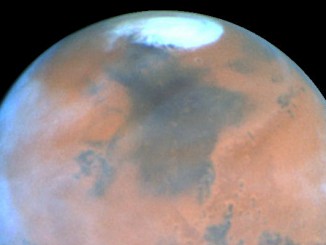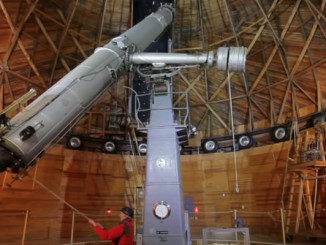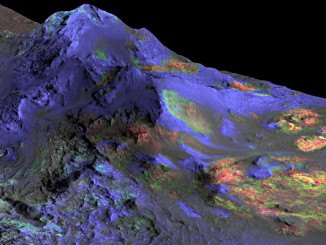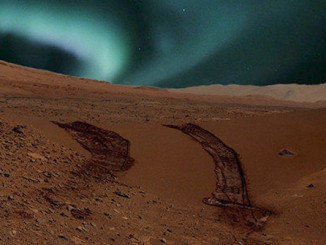
Regional, not global, processes led to huge Martian floods
Gigantic groundwater outbursts created the largest flood channels in the solar system on Mars, 3.2 billion years ago. For many years it was thought that this was caused by the release of water from a global water table, but research just published reveals regional deposits of sediment and ice emplaced 450 million years earlier to be the source.









